StoryBrand SB7 Framework Principles
The StoryBrand SB7 Framework is a powerful storytelling tool that helps businesses create an emotional connection with their audience. It does this by focusing on the seven universal elements of storytelling, ensuring brands clearly communicate their value to potential customers.
In today’s fast-paced digital world, AI plays a crucial role in making the StoryBrand process more effective and scalable. AI-powered tools can help brands gather deep insights about their audience, refine messaging based on real-time data, and automate personalized engagement at scale.
By integrating AI into the StoryBrand framework, businesses can cut through the noise, create compelling messages faster, and deliver a more personalized customer journey. Let’s explore how AI enhances each of the seven StoryBrand principles.
1. The Customer Is the Hero, Not Your Brand – AI Helps You Understand Your Customers Better
Every great story begins with a hero who has a goal—and in marketing, your customer is that hero. Your brand’s role is to guide them toward success, not to be the star of the show.
AI helps businesses understand their customers’ goals, pain points, and motivations by analyzing:
Customer reviews and social media sentiment.
Website behavior and engagement patterns.
AI-driven surveys and chatbot interactions.
💡 Example: AI sentiment analysis tools can scan thousands of online reviews and social media comments to identify common frustrations or desires. This allows businesses to craft messaging that speaks directly to customer needs—without guessing.
By leveraging AI, brands can speak the customer’s language and tailor their marketing efforts for maximum impact.
2. Companies Sell External Solutions, But Customers Buy to Solve Internal Problems – AI Reveals Emotional Triggers
Most businesses focus on external problems—but what really drives purchasing decisions are internal struggles. Customers don’t just buy a product; they buy relief from frustration, anxiety, or inconvenience.
AI tools can analyze consumer behavior and identify emotional pain points that influence buying decisions. These tools track:
The words and phrases that trigger engagement in marketing campaigns.
Common customer complaints in reviews and support tickets.
Emotional trends in customer feedback over time.
💡 Example: AI-powered chatbots can detect frustration in a customer’s tone and escalate the conversation to a human agent or offer an instant solution.
By using AI to uncover what truly drives customer decisions, brands can connect on a deeper level and position their products as the ideal solution.
3. Customers Aren’t Looking for Another Hero; They Need a Guide – AI Helps Build Trust
In a compelling story, the hero is inexperienced and uncertain, which is why they need a guide. Your brand is that guide—and your job is to demonstrate expertise and empathy.
AI can enhance your brand’s credibility by:
Providing data-driven insights that reinforce expertise.
Personalizing communication to make interactions feel more human.
Automating helpful content that positions you as a thought leader.
💡 Example: AI-driven email marketing tools can send personalized follow-up emails based on customer behavior, making interactions feel tailored and relevant.
By leveraging AI to offer guidance in real-time, brands become trusted advisors rather than just another sales pitch.
4. Customers Trust a Guide Who Has a Plan – AI Creates Clear, Data-Backed Roadmaps
Customers need to feel confident in their decision before taking action. AI helps eliminate uncertainty by:
Creating step-by-step customer journeys based on past successful interactions.
Offering predictive recommendations tailored to individual needs.
Optimizing website experiences by guiding users toward conversion.
💡 Example: AI-powered recommendation engines (like those used by Amazon or Netflix) suggest the best products or content based on user behavior. This ensures customers always see the most relevant solutions, reducing decision fatigue.
With AI-driven personalization, businesses can clarify the path forward and make customers feel secure in their choices.
5. Customers Won’t Take Action Unless They’re Challenged – AI Optimizes Calls to Action
People are naturally hesitant to take action. AI helps businesses remove friction and create urgency by:
A/B testing CTAs to determine which messaging works best.
Predicting the right moment to present a call to action based on user behavior.
Personalizing offers based on customer engagement history.
💡 Example: AI can detect when a website visitor is about to leave and trigger a last-minute discount popup or free consultation offer, increasing conversion rates.
By using AI-driven insights, businesses can encourage action in a way that feels natural and timely.
6. Every Human Is Trying to Avoid a Tragic Ending – AI Anticipates Customer Needs
A great story has high stakes—and customers need to know what they’re risking if they don’t take action. AI helps businesses:
Detect at-risk customers and proactively offer solutions.
Send automated reminders to prevent churn.
Personalize content to re-engage inactive leads.
💡 Example: AI-powered CRM tools can identify customers who haven’t engaged with a brand in months and automatically send personalized re-engagement emails with special offers.
By anticipating problems before they arise, AI helps businesses keep customers engaged and prevent lost opportunities.
7. Never Assume People Understand Your Value – AI Tells the Right Story to the Right Audience
Many businesses assume customers instantly understand their value, but the reality is clarity requires repetition and precision. AI ensures your message is consistently delivered by:
Analyzing which messaging works best and optimizing campaigns accordingly.
Generating AI-powered content tailored to different audience segments.
Automatically repurposing content across multiple channels (social media, email, ads).
💡 Example: AI copywriting tools can generate multiple versions of a message, ensuring that different audience segments receive the most effective wording based on their preferences.
By using AI to fine-tune storytelling, businesses can clearly communicate their impact and convert more customers.
The Future of StoryBrand: AI-Powered Storytelling That Converts
The StoryBrand SB7 Framework is already one of the most effective ways to create clear, compelling marketing messages. AI enhances this process by making it more data-driven, personalized, and scalable.
How AI Supercharges StoryBrand Messaging:
Speeds up audience research by analyzing real-time data.
Personalizes marketing messages based on customer behavior.
Optimizes calls to action for higher conversions.
Automates engagement while maintaining a human touch.
Businesses that embrace AI-driven storytelling will not only create clearer and more engaging marketing messages—but they will also stay ahead in an increasingly competitive digital world.
That’s where CustomGPT comes in. Unlike generic AI tools, CustomGPT is fine-tuned to match your business’s unique branding, voice, and messaging strategy. It helps you automate, personalize, and refine your StoryBrand framework by generating targeted messaging, crafting compelling calls to action, and ensuring your marketing aligns perfectly with each StoryBrand principle. With CustomGPT, your brand doesn’t just sound like any business—it sounds like your business.
Ready to elevate your brand’s messaging? Schedule a Clarity Session today, and let’s build a CustomGPT that speaks your brand’s language.


